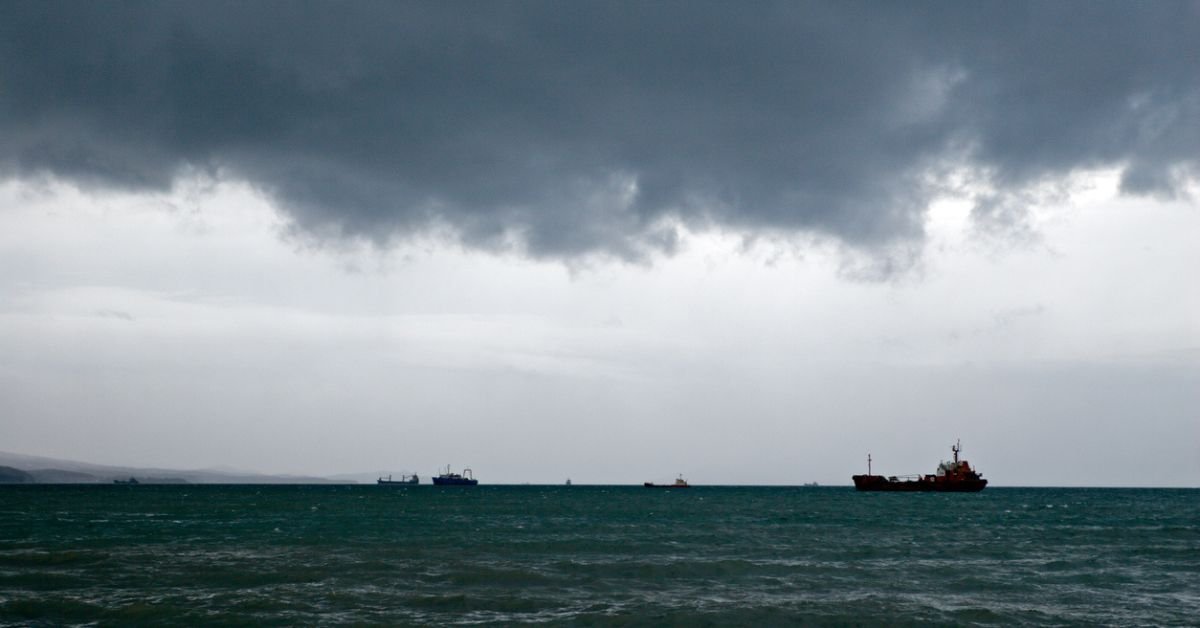To ceasefire or not to ceasefire?
11 April 2025
Since taking office, President Trump has instructed his new administration to focus on “stopping the killing” in Ukraine. However, although there has been intensified diplomatic activity attempting to establish various forms of agreements, these have not yet managed to provide any actual ceasefire on the ground or in the Black Sea.
By Hans-Kristian Pedersen, Mediterranean and Black Sea analyst
The new Trump administration has shifted US policy from focussing on funding and supporting Ukraine against the Russian invasion, to focussing on attempting to force an end to the war: by scaling back or withholding support, and pressuring Ukraine to agree to the various ceasefire proposals promoted by the US. However, Russian forces have continued to target Ukrainian energy and other civilian infrastructure, including ports, to continue the pressure on the Ukrainian government's ability to protect its citizens and provide general services. Recent circumstances and developments do not indicate any positive change to prospects of any ceasefire or similar, maritime or otherwise, being agreed to in near future.
The various negotiation efforts have not produced any real timeline for a ceasefire between Ukraine and Russia. The parties involved appear to be no closer to any common ground regarding their individual priorities and desires for diplomatic breakthroughs. The change in policy and diplomatic approach by the new Trump administration, includes engaging in mainly bilateral talks and negotiations directly with Russia, leaving concerned Ukraine and European nations to formulate their own independent responses, to the US approach. However, until an agreed and enforced ceasefire emerges, Russian attacks on Ukrainian civilian infrastructure, particularly against power generation and energy distribution networks, are likely to continue – although these attacks were supposed to stop as part of a joint understanding of a ceasefire. Fighting along the frontline continues to ebb and flow with Russian forces making incremental gains in Ukraine and Ukrainian forces continuing to hold some ground in the Russian Kursk region, which they’ve occupied since August 2024. However, the ability for Ukraine to continue the fight, against the Russian forces, will remain largely depended on the future and ongoing support from its allied partners.
It therefore remains that the various announcements and talks of different ceasefire proposals do not change the current threat landscape for maritime operations in the Black Sea. The main threats to commercial shipping are from collateral damage to vessels while calling at the open Ukrainian Black Sea ports. Although there are incidents where vessels have seemingly been targeted, the majority of vessel related incidents are the result of collateral damage from Russian missile/drone attacks on Ukrainian port or other civilian infrastructure nearby. Sea mines also continue to present a limited threat to vessels, although mine-countermeasure operations are reportedly taking place.
Nevertheless, events do shift quickly with the current approach of the Trump administration. It cannot be ruled out that the administration may reassert pressure on Russia and Ukraine to negotiate a ceasefire or even a peace settlement. That said, the current indicators are not pointing in the direction of peace. Russia has been playing for time, likely in an attempt to improve its situation on the ground. It is not clear the extent to which US pressure might be successful in compelling Russia to make concessions. For now, a continuation of the current levels of engagement can be expected, with incremental changes for both sides.
MARITIME SECURITY REPORTS:
Our Risk Intelligence reports provide valuable insights to assess the risks of specific routes and support decision-making with detailed threat assessments.
The Voyage Risk Assessment focuses on a vessel’s specific route and offers an independent third-party perspective on the necessary security measures. The Monthly Intelligence Report delivers comprehensive analysis of recent incidents and a threat assessment for three key regions, available via subscription.
For maritime shipping operators with vessels in the Black Sea, please see our Northern Black Sea and Russia (Ports and Terminals) Weekly Intelligence Report here:

